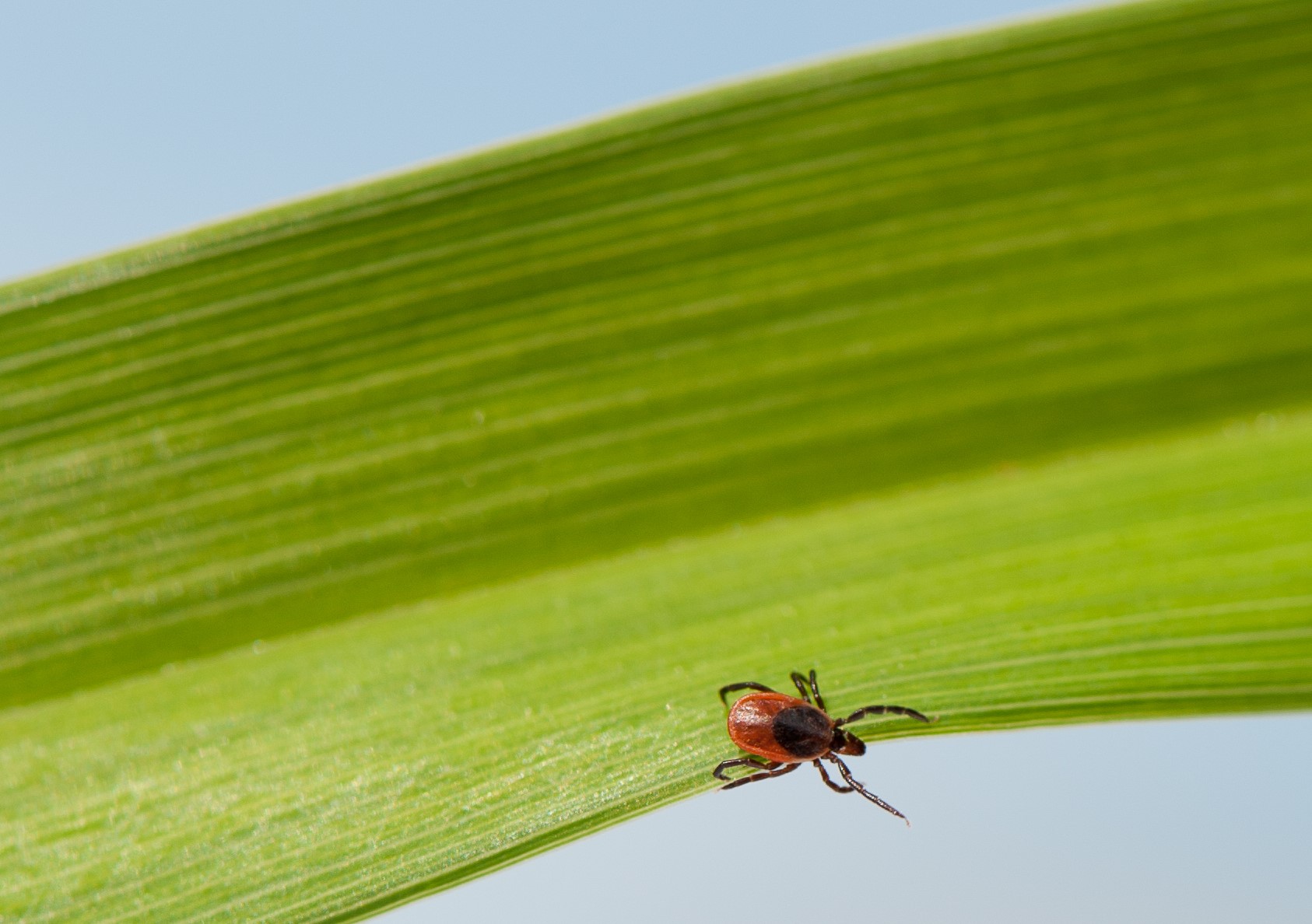
All you need to know about tick bite prevention
For some Canadians, enjoying nature involves protecting themselves from mosquitoes or watching out for bears. Similarly, ticks are something to be aware of, for yourself and your pets, both around your property and when participating in outdoor activities further afield.
Although the risk for ticks and diseases transmitted by ticks is present across all provinces, it does vary. Ontario, Quebec and Nova Scotia consistently report the highest numbers of Lyme disease cases in Canada.
Whether you have lived in your area for a long time, or are visiting or moving to a new area, it is a good idea to inform yourself of your regional risk level so you can take adequate measures to protect yourself while enjoying the outdoors.
An adult female blacklegged tick (Ixodes scapularis). Ticks often move up the body (in this case an arm) looking for somewhere it can attach without being dislodged. Video by: Catherine Bouchard, PHAC.
Cover photo by: Catherine Bouchard, PHAC